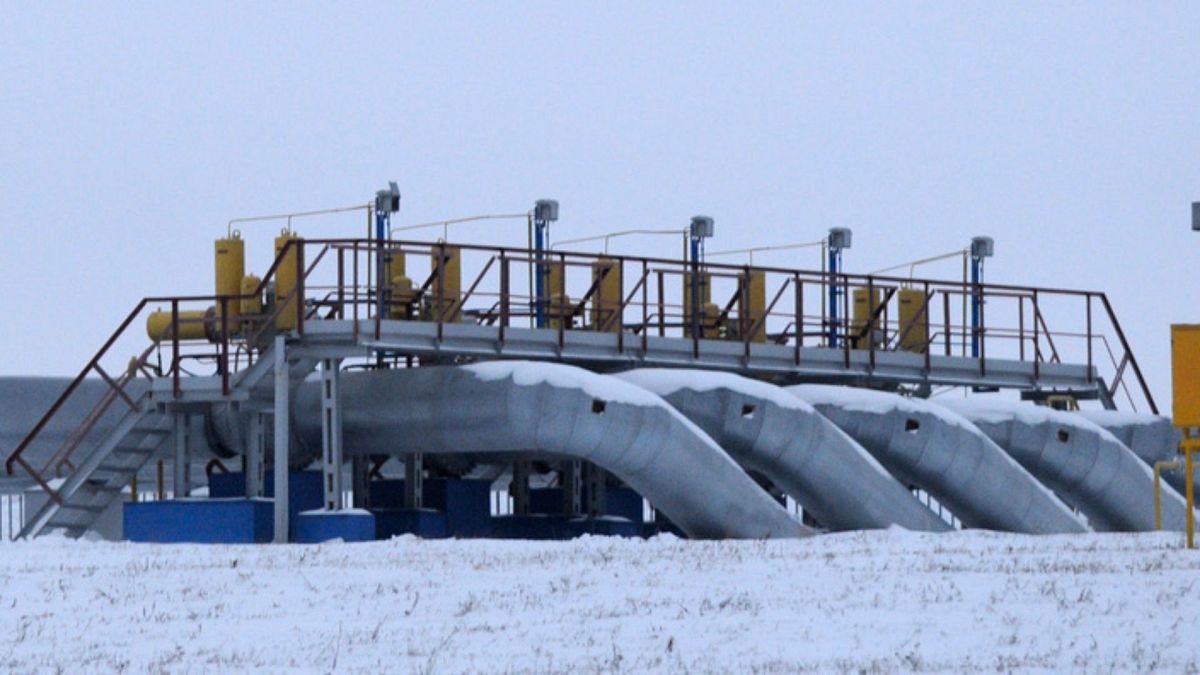Despite Russia’s full-scale invasion of Ukraine, European countries still rely heavily on Russian gas imports. The gas flows through Ukraine to the EU via Austria, Hungary, and Slovakia, generating electricity and heating homes. The control over the gas measuring station in the town of Sudzha is shrouded in secrecy. Ukraine has never blocked the gas flow through its pipelines, even throughout the war.
Before the war, Russia supplied around 40% of Europe’s natural gas through various pipelines. When the war broke out, the Kremlin cut off most supplies, causing an energy crisis in Europe. Germany had to import liquefied natural gas via ship terminals, while Norway and the US stepped in to fill the gas gap. Europe plans to eliminate all Russian gas imports by 2027, viewing the Russian cutoff as energy blackmail.
Europe continues to import Russian gas despite the ongoing conflict in Ukraine. About 15% of Europe’s gas imports came from Russia last year, highlighting the continent’s dependence on Russian energy. The EU aims to end all imports of Russian fossil fuels by 2027, but progress has been slow across member states. Some countries like Austria have increased their Russian gas imports, while others have made gas deals with countries like Turkey.
Countries like Hungary, which rely heavily on Russian energy, have been reluctant to fully support sanctions against Russia. The EU recently implemented a new wave of sanctions targeting LNG supplies for the first time. Despite efforts to reduce Russian gas imports, many European countries struggle to fully diversify their energy supplies. Europe’s high inflation and cost-of-living crisis make it challenging to move away from Russian energy entirely.











